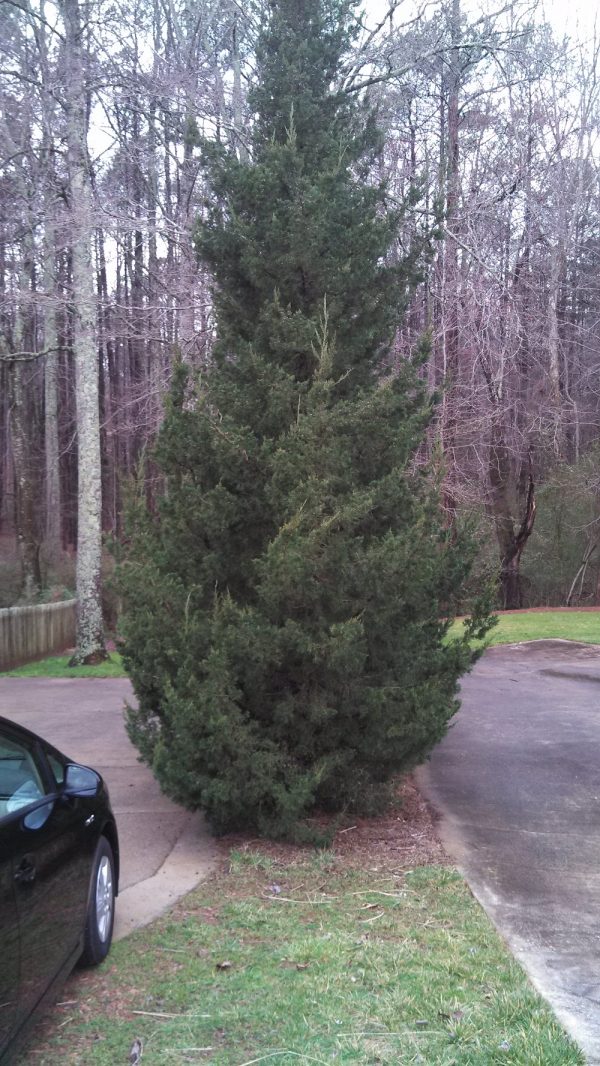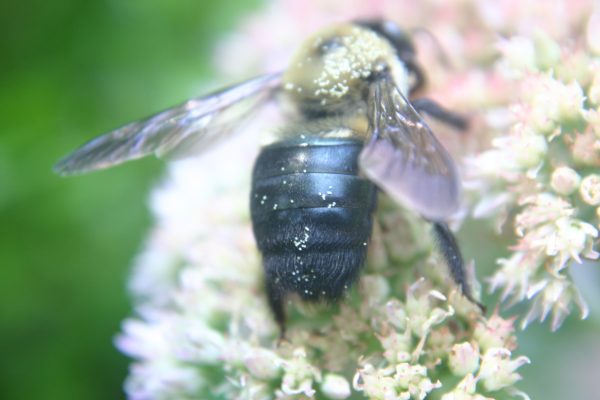Storing Pesticides and Tools
Walter’s Garden Joke of the Day: How are my garden tools and my dirty clothes alike?
Answer: They both have compost clinging to them and both never seem to make it to their proper storage site.
Last year I replaced a ratty old metal shed with one twice as large, having windows and a gable roof. I remember consulting with the contractor and saying “I’ll probably never need that much space – but go ahead and build it twelve feet by twenty feet, just in case.”
Nowadays the shed is chock full of television props, fertilizers, tools and “things I might need someday”. An entire twelve foot wall is devoted to garden tool storage, however most of them are scattered willy-nilly on the floor between the door and the wall. Fortunately, given a rainy day in the next few weeks, I can easily store my tools where they should be.
TOOLS Just after the shed was finished, I nailed 1×4 planks horizontally across the wall, each separated two feet from the other. Every wooden-handled tool received a one-fourth inch diameter hole drilled close to the end of the handle. I arbitrarily divided the storage wall into long-handled and short-handled tool areas and began hanging my implements in place.
I found twelve penny finishing nails to be ideal to suspend the tools. The nailhead slips right through the hole in the tool handle and the nail is strong enough to support even a heavy sledge hammer. Hammers, saws, loppers and shovels each received their own place on the wall. After my busy summer, the tools may not be “on” the wall yet but it will take only a few minutes to put them there when I get a chance.
PESTICIDES As you can imagine, I have collected a number of different pesticides that I use for illustration in my television segments. To keep them safe and camera-ready, I store them in large plastic tubs which have tightly fitting lids. One tub contains insecticides, another holds herbicides, a third accommodates everything else.
One shortcoming to my storage method is that temperatures fluctuate widely in the shed. It stands in the shade, but ambient temperatures between ninety degrees in summer and twenty degrees in winter accelerate the decomposition of pesticides. Although some labels warn that the product should be kept from freezing, I have not noticed any diminution of pesticides I’ve stored outdoors for two years.
I’m pleased that storing the chemicals in covered plastic tubs keeps them out of easy reach from inquisitive children. On the other hand, a locked cabinet would be better but I don’t have the luxury of space.
OLD PESTICIDES I was surprised to find a rusty old can of weed killer among my possessions when I cleaned the garage recently. I’ll mix it up and spray it on the honeysuckle and English ivy near my house this weekend. That’s always the best way to dispose of pesticides: to use them as the label indicates, if that is possible.
If it is not feasible, Georgia Environmental Protection Division recommends soaking unused chemicals into clay kitty litter to make them acceptable to municipal solid waste facilities. One of the easiest ways to accomplish this is to buy the kitty litter product that comes packaged in a gallon jug, pour in the liquid pesticides, then recap the jug and place it in your household garbage. If you have old cans of paint, pour kitty litter in the containers and replace the lid. Household quantities of granular lawn chemicals can be placed in a heavy duty plastic bag and put out for the garbage truck.
October was dry and November has been the same so far. If it will just rain one day, I have promised my family that the tools in the shed will finally be straightened and my white sock way back under the sofa will be retrieved and washed at last.















